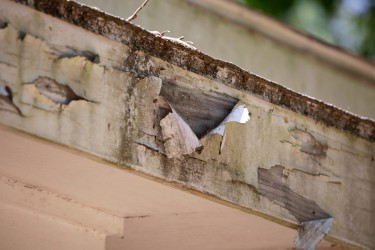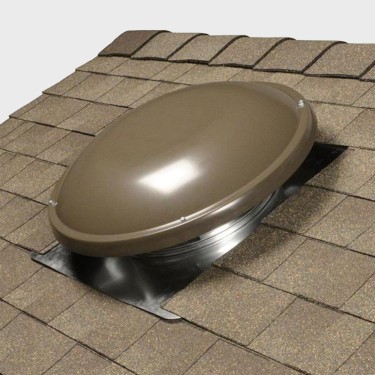Your attic could be hiding more than cobwebs. Here's what you should look for next time you're up there.

If your home has an attic and you haven’t looked in there yet this year, go right now. Oh, wait, read this first!
You should inspect your home’s attic regularly, perhaps seasonally. The more often you look up there, the more likely you will notice changes and prevent problems. Here’s what you should look for:
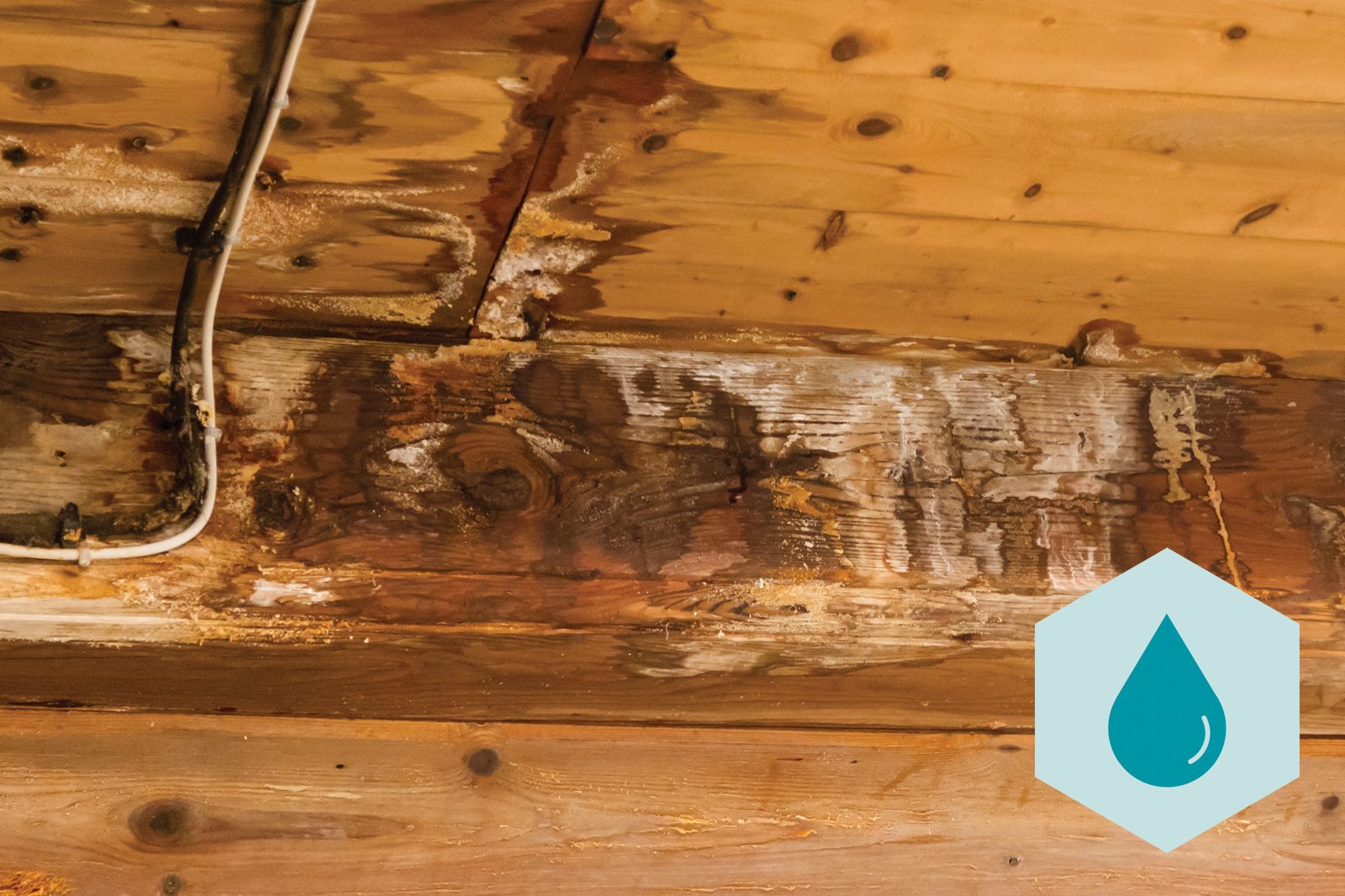
Roof Leaks
In most attics, you can get a good view of the underside of your roof. Inspect that roofing material for signs of leaks or other damage. This is where frequent inspections pay off. Take photos and compare each time you visit. If you see new water spots or significant color changes, have a roof expert take a closer look.
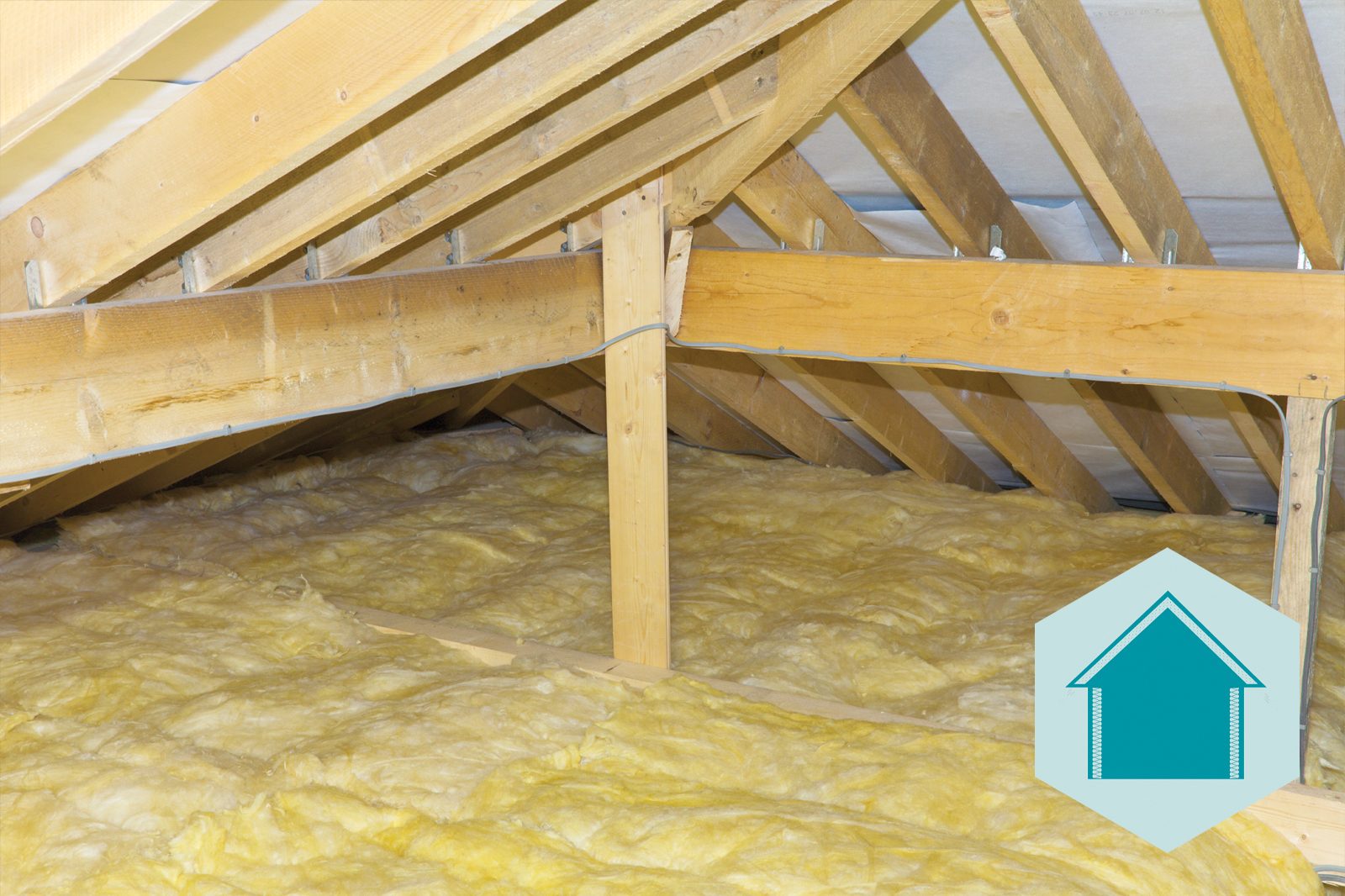
Insulation
With this inspection, you’re also looking for changes. If your attic has blown-in or loose insulation, make sure its thickness is consistent across the attic space. Look for wind-washing, which is the effect of ventilation in your attic moving the insulation and reducing its effectiveness.

Creatures
Even though your attic might be cold in the winter and hot in the summer, some creatures still find it a refuge from rain, wind and predators. Look for droppings and check for nests, trails or even teeth marks. You can set traps, but it’s better to seal any obvious entry points around vents and ducts.
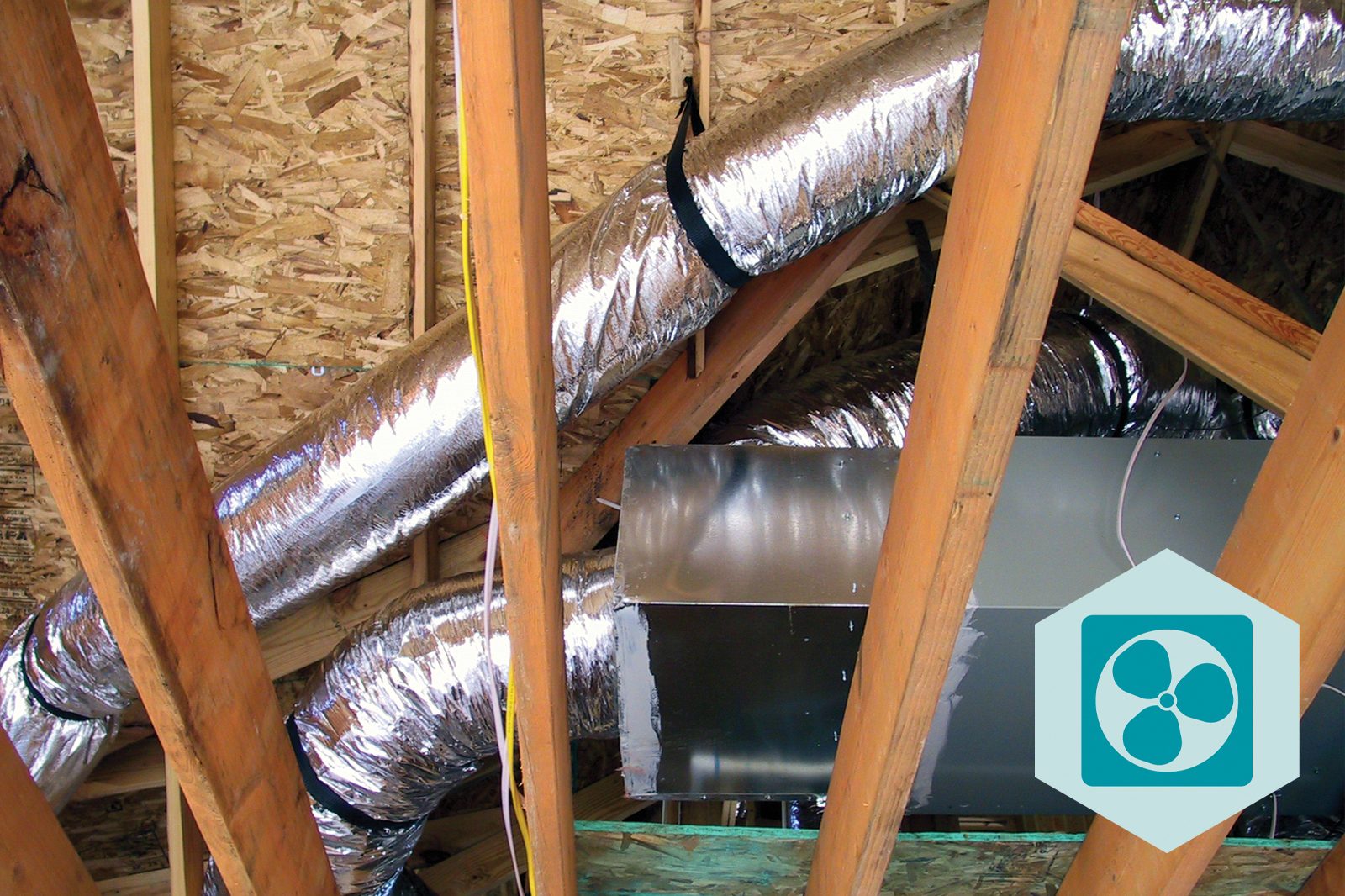
Ductwork
Bathroom fan ductwork can come loose in your attic and exhaust moist bathroom air into your attic space — and moist air in your attic is as bad as it sounds. Also, if a chimney runs through your attic, keep your eye on the brickwork and the chimney’s overall structure.
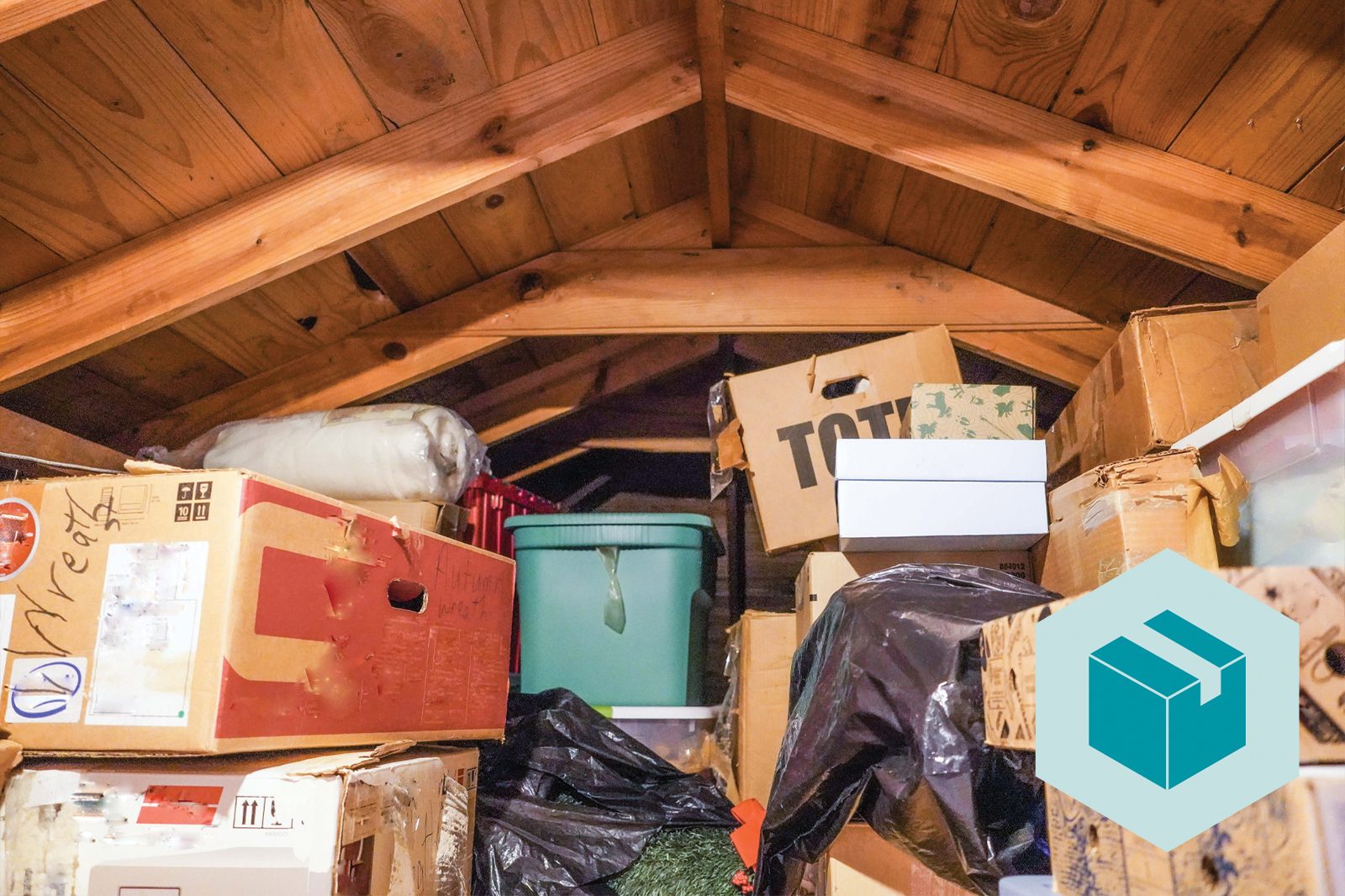
Stored Items
Your attic environment is different from other rooms in your home. Sure, it might be roomy, but it’s not an ideal storage place.
Do not keep paint or chemicals in your attic. And don’t use it to store natural fibers like wool, which can be attractive to rodents and insects. Also, monitor leather goods, artwork or other valuables that can be affected by temperature and humidity swings.

